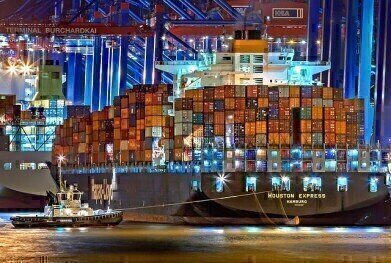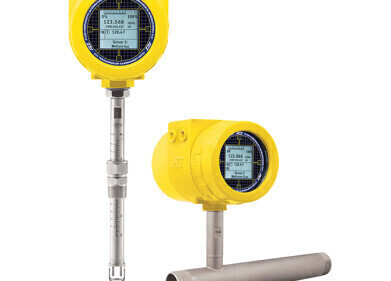Flow Level Pressure
How Are Shipping Fuel Standards Changing?
Jul 22 2019
The shipping industry currently contributes to around 3% of worldwide carbon dioxide emissions, a greenhouse gas that's playing a major role in global climate change. In a bid to slash emissions and minimise the industry's footprint, the International Marine Organisation (IMO) is introducing new regulations set to go live in 2020.
Currently, the industry must comply with a maximum fuel oil sulphur limit of 3.5%. This will be pushed down to just 0.5% which will mark the largest reduction of transport fuel sulphur content imposed in a single revision.
New IMO regulations rock refineries, push up raw fuel prices
While the new regulations are designed to reduce carbon dioxide emissions and combat climate change, experts warn the sulphur cap could create waves for the global oil market. The refinery feedstocks industry is already feeling the tremors, with European prices of heavier oils with a lower sulphur content jumping over the past few weeks.
Typically, refiners run unprocessed feedstocks through special units to upgrade them into transport fuels that can be sold for a higher price. The need to produce more eco-friendly marine fuels before the new IMO regulations begin in January is disrupting the industry and forcing refinery feedstocks to pay more for the previously inexpensive raw fuels.
"The market is paying a higher premium for low-sulphur material than it did before because people are looking to stockpile low-sulphur bunker fuel," says Steve Sawyer, a senior analyst at Facts Global Energy.
European refiners stockpile VLSFOs
According to some oil analytics firms, in northwest Europe straight run fuel oil with a sulphur content of 0.5% recently outperformed Brent crude for the first time in five years. Demand for very low sulphur fuel oil (VLSFO) is surging across Europe as refiners stockpile the product in preparation for an increase in production when IMO regulations come into effect in January 2020. Analysts assert the stronger prices for secondary feedstocks will endure as long as European refiners continue to focus on VLSFO production.
Advanced plants set to feel the pinch
Whether this is a pro or a con for refiners depends on the configuration of the plant. Basic facilities will usually enjoy higher profit margins and greater yields of IMO 2020 compliant feedstocks if the crude being processed is classed as heavy and has a relatively low sulphur content. In comparison, more advanced refiners that are heavily reliant on feedstocks could feel the pinch and be forced to pay more for raw, unprocessed fuels.
With oil prices in a state of flux, heightening efficiency and maximising profits is front of mind for producers. For a closer look at the latest technologies being used to minimise the risk of measurement errors don't miss 'The mass appeal of Coriolis flowmeters for custody transfer applications.'
Digital Edition
PIN 25.2 Apr/May
May 2024
Safety - Carbon monoxide toxic and flammable gas detection Analytical Instrumentation - Density: A fundamental parameter at critical stages within the petroleum sector - Advancements and...
View all digital editions
Events
May 18 2024 Rio de Janeiro, Brazil
May 19 2024 Minneapolis, MN
May 20 2024 Columbus, OH, USA
May 20 2024 Dubai, United Arab Emirates
May 23 2024 Beijing, China


















